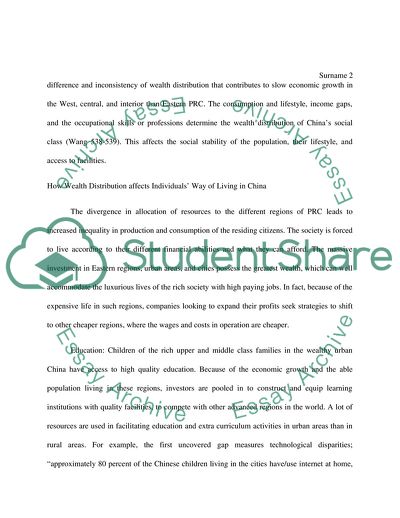Cite this document
(Chinese Popular Culture Literature review Example | Topics and Well Written Essays - 1750 words - 2, n.d.)
Chinese Popular Culture Literature review Example | Topics and Well Written Essays - 1750 words - 2. https://studentshare.org/culture/1805023-chinese-popular-culture
Chinese Popular Culture Literature review Example | Topics and Well Written Essays - 1750 words - 2. https://studentshare.org/culture/1805023-chinese-popular-culture
(Chinese Popular Culture Literature Review Example | Topics and Well Written Essays - 1750 Words - 2)
Chinese Popular Culture Literature Review Example | Topics and Well Written Essays - 1750 Words - 2. https://studentshare.org/culture/1805023-chinese-popular-culture.
Chinese Popular Culture Literature Review Example | Topics and Well Written Essays - 1750 Words - 2. https://studentshare.org/culture/1805023-chinese-popular-culture.
“Chinese Popular Culture Literature Review Example | Topics and Well Written Essays - 1750 Words - 2”. https://studentshare.org/culture/1805023-chinese-popular-culture.


